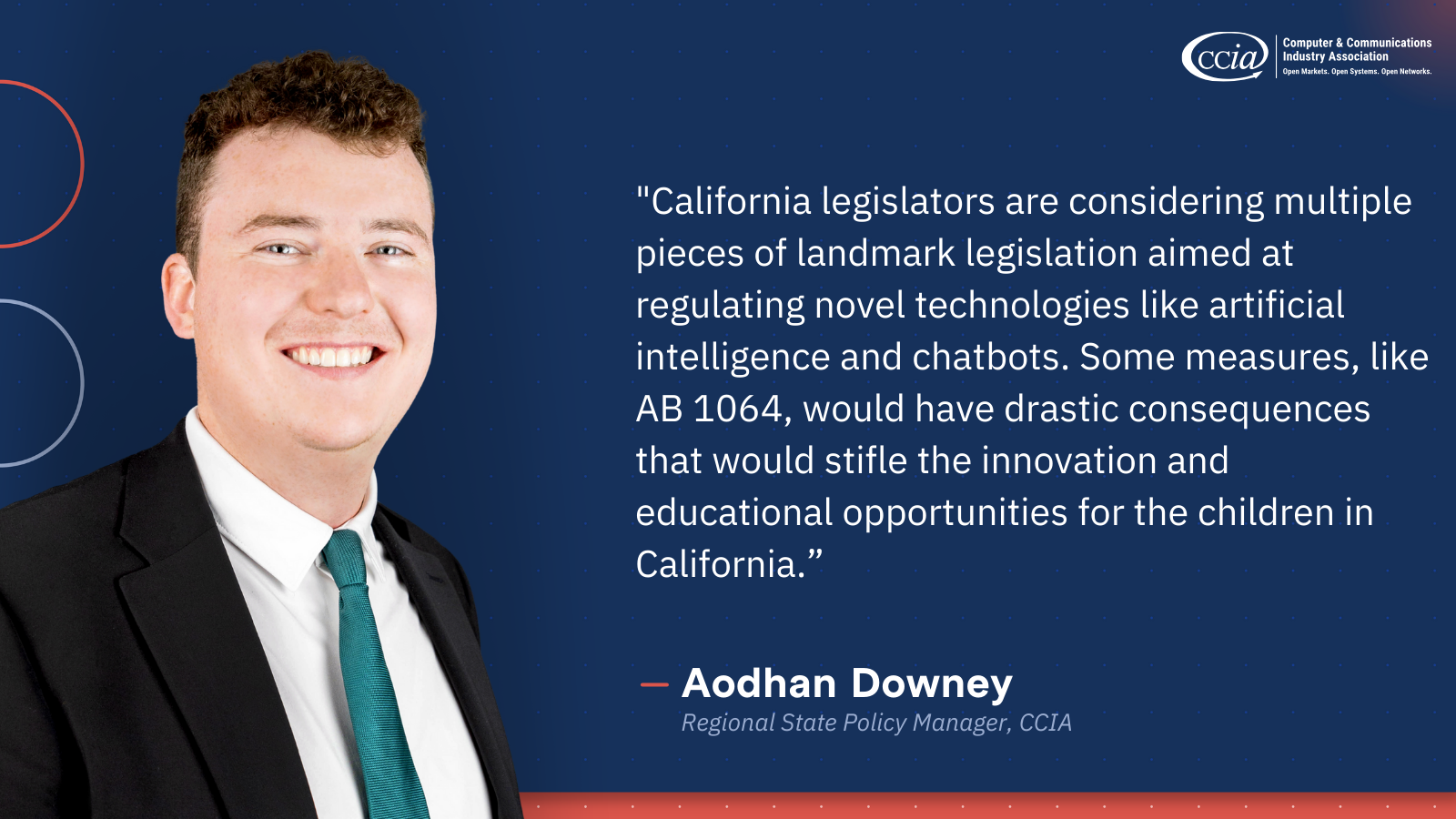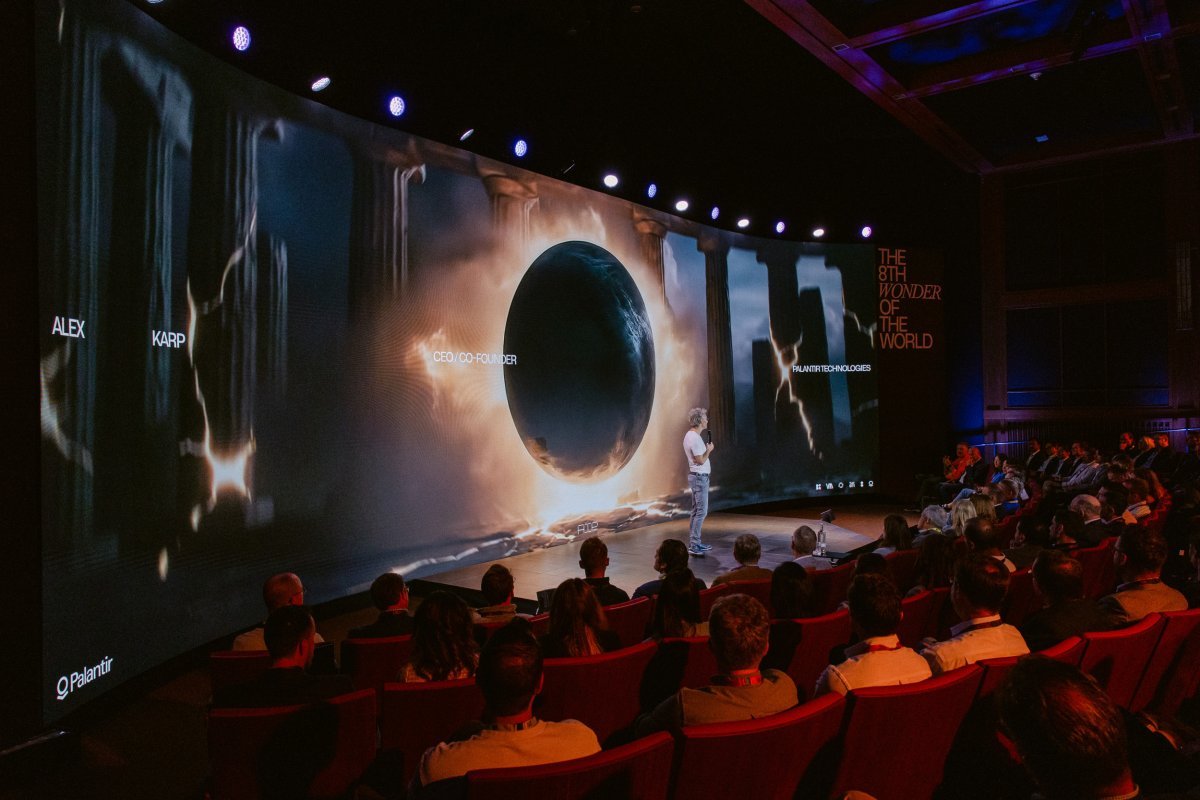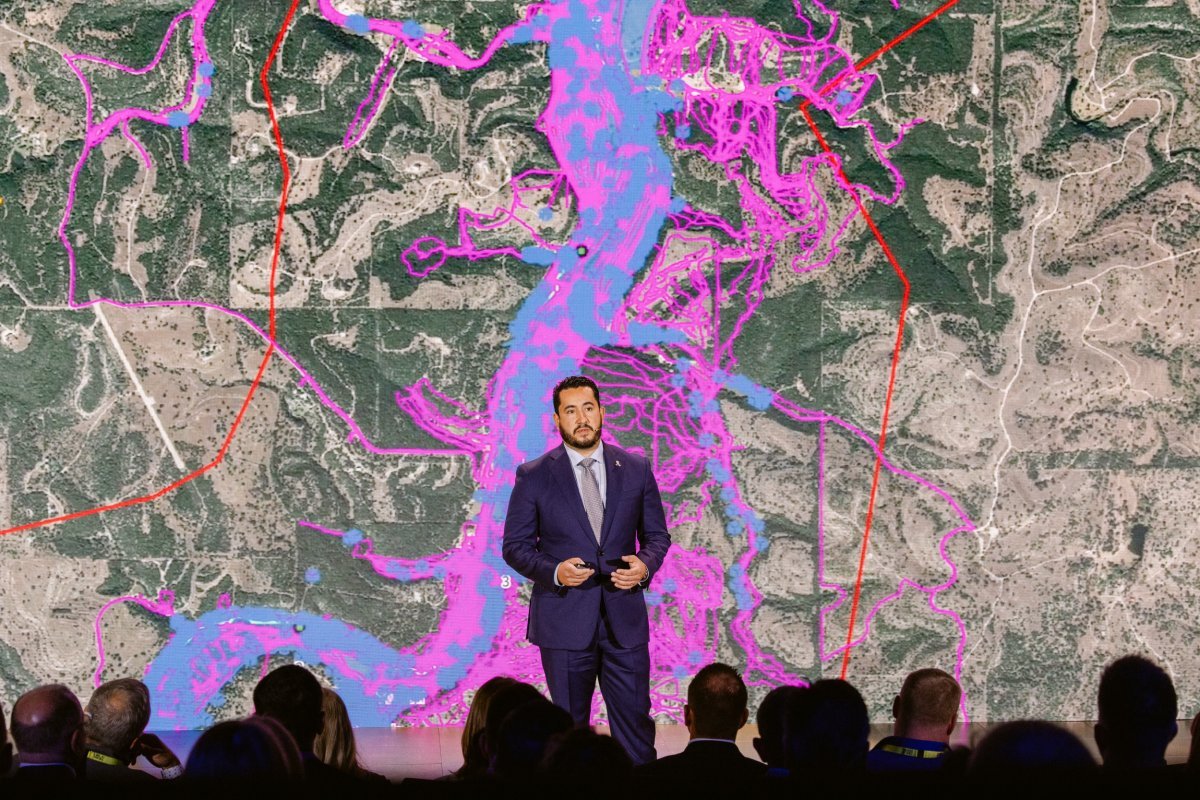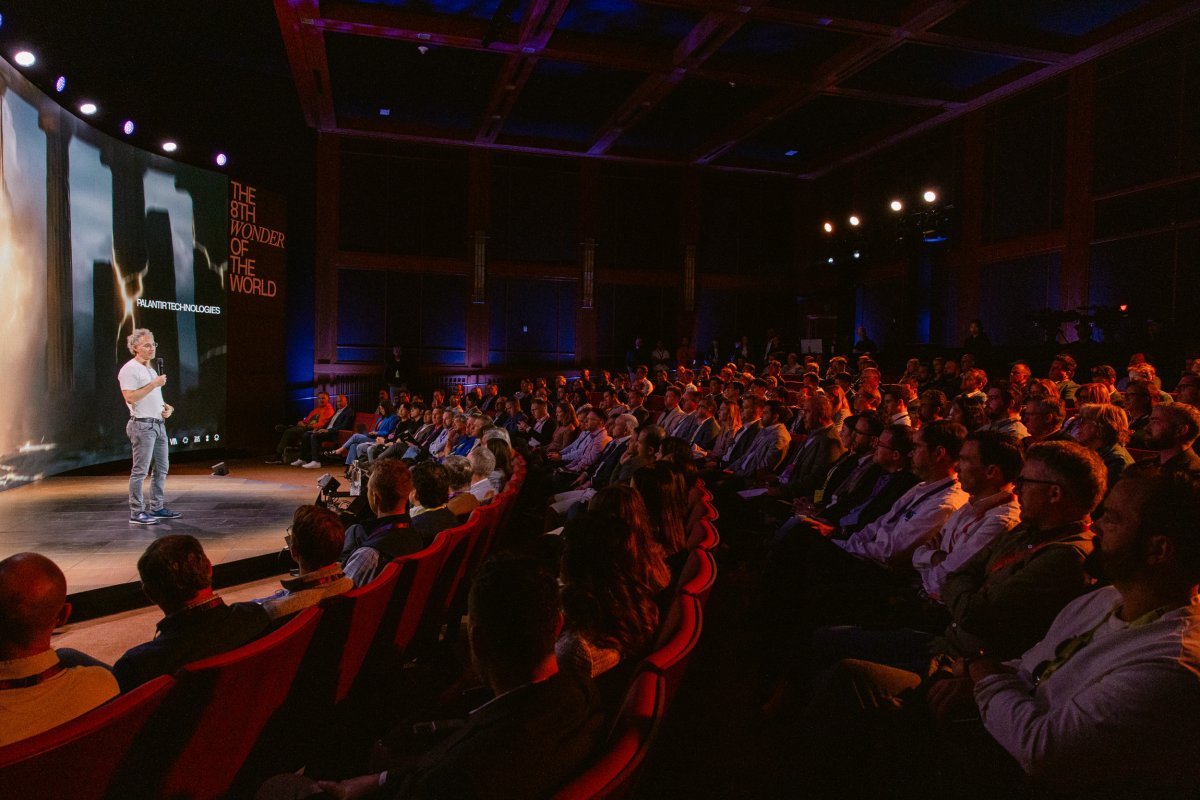AI Insights
Scientists create biological artificial intelligence system

The original development of directed evolution, performed first in bacteria, was recognised by the 2018 Noble Prize in Chemistry.
“The invention of directed evolution changed the trajectory of biochemistry. Now, with PROTEUS, we can program a mammalian cell with a genetic problem we aren’t sure how to solve. Letting our system run continuously means we can check in regularly to understand just how the system is solving our genetic challenge,” said lead researcher Dr Christopher Denes from the Charles Perkins Centre and School of Life and Environmental Sciences
The biggest challenge Dr Denes and the team faced was how to make sure the mammalian cell could withstand the multiple cycles of evolution and mutations and remain stable, without the system “cheating” and coming up with a trivial solution that doesn’t answer the intended question.
They found the key was using chimeric virus-like particles, a design consisting of taking the outside shell of one virus and combining it with the genes of another virus, which blocked the system from cheating.
The design used parts of two significantly different virus families creating the best of both worlds. The resulting system allowed the cells to process many different possible solutions in parallel, with improved solutions winning and becoming more dominant while incorrect solutions instead disappear.
“PROTEUS is stable, robust and has been validated by independent labs. We welcome other labs to adopt this technique. By applying PROTEUS, we hope to empower the development of a new generation of enzymes, molecular tools and therapeutics,” Dr Denes said.
“We made this system open source for the research community, and we are excited to see what people use it for, our goals will be to enhance gene-editing technologies, or to fine tune mRNA medicines for more potent and specific effects,” Professor Neely said.
AI Insights
California Wraps Up Legislative Session With AI, Chatbot Measures Under Consideration

Washington – California legislators wrap up their session this week and will consider measures aimed at online safety that could also have an impact on various companies innovating in artificial intelligence located in their state and around the country.
Two priorities under discussion involve chatbots with the goal of protecting younger users online. AB 1064 would effectively create a prohibition on any chatbot that could potentially be accessed by children. SB 243, meanwhile, is more targeted, proposing mandatory reporting requirements when people discuss self-harm with chatbots, plus a ban on addictive reward structures sometimes used to increase user engagement with the bots.
The Computer & Communications Industry Association understands that younger internet users warrant more protections online and supports media literacy programs and online tools that empower parents to make decisions on what is appropriate for their teenager.
The following can be attributed to Aodhan Downey, West Regional State Policy Manager at CCIA:
“California legislators are considering multiple pieces of landmark legislation aimed at regulating novel technologies like artificial intelligence and chatbots. Some measures, like AB 1064, would have drastic consequences that would stifle the innovation and educational opportunities for the children in California. SB 243 creates standards that chatbot service operators must follow in order to provide a safer environment for children, while also not creating an overbroad ban on AI products.”
About CCIA:
CCIA is an international, not-for-profit trade association representing a broad cross section of communications and technology firms. For more than 50 years, CCIA has promoted open markets, open systems, and open networks. CCIA members employ more than 1.6 million workers, invest more than $100 billion in research and development, and contribute trillions of dollars in productivity to the global economy.
AI Insights
New life for the mainframe: AI cost savings materialize, modernization efforts pay off

Another significant survey finding is that mainframe modernization plans are more dynamic than they’ve been in the past due to changing market conditions: 80% of organizations reported that their modernization strategy has shifted in the past year, “indicating widespread re-evaluation and a degree of agility not commonly associated with technology projects of such significant size, scope and complexity,” Kyndryl stated.
Mainframe modernization can take a few forms; enterprise customers can keep data on the mainframe, migrate workloads off, or create a hybrid environment.
Among organizations that said they’ve shifted their modernization approach, 43% are more focused on modernizing directly on the mainframe, and 50% are moving more towards a hybrid strategy, Kyndryl found. Among those that are moving towards a hybrid IT approach, 34% are prioritizing integration with cloud platforms, and 16% are increasing the pace of moving applications off the mainframe. Only one out of 500 respondents reported plans to move entirely off the mainframe.
The reasons for changing their migration strategies vary widely among respondents and include factors such as the success of previous projects, budget shifting to new technologies, and external factors such as geopolitical, macroeconomic and regulatory concerns, Kyndryl stated.
Cost is another motivator: The average cost of modernizing on the mainframe dropped from $9.1 million in 2024 to $7.2 million in 2025, and the ROI on such a move more than doubled, Kyndryl stated.
Other trends noted in the mainframe modernization report include:
AI Insights
AI Goes Mission Critical as Palantir Powers Essential Systems

Artificial intelligence is no longer confined to experiments or pilot projects. From airlines optimizing flight schedules to hospitals reducing patient deaths, and from oil rigs in the Gulf of Mexico to emergency crews in flooded Texas towns, AI has entered the realm of the mission critical. It now runs the systems that keep people alive, economies powered and industries moving.
That reality was on display at Palantir’s eighth AIPCon, where executives, engineers and public officials described how they’re using the company’s platforms to manage operations that cannot fail.
Aviation: Keeping Flights on Time
At American Airlines, Anne Moroni, the company’s vice president of operations, described a planning process that, until recently, was drowning in spreadsheets.
“Our planning is incredibly manual, incredibly sequential, and unfortunately, as a result, quite siloed,” she said. “From outdated UIs…Excel spreadsheets, attachments being sent via emails between teams, we spend an inordinate amount of time trying to actually build the best schedule we can.”
Palantir
Amit Shinde, American’s director of operations, schedule and block planning, explained how a planning tool the company calls Vector, built on Palantir’s Foundry platform, now helps.
“Over the last year or so, we’ve been on a journey with Palantir to try and reimagine our workflows,” he said. “These are recommendations that the models are scanning the network on, and they’re saying there’s something that I’ve found you probably want to take a look at.”
The result, he said, has been tens of millions of dollars in value unlocked within a single year.
Health and Pharma: Saving Lives and Speeding Discoveries
The promise of data-driven transformation isn’t limited to aviation. In pharmaceuticals, Novartis described an even more daunting problem: drug discovery.
“Currently, it takes us about 12 years on average, and $3 billion to develop a novel medicine,” Birgit Schoeberi, head of Data 42 at Novartis, said. “This is largely driven by a low probability of success. It’s an odds ratio of one in 10,000 for one of our discovery station molecules synthesized by chemists early on to ever reach regulatory approval.”
Along with Palantir, the company built Data 42, integrating “700 million patient lives from real-world data, as well as from our 3,000 clinical trials encompassing about a million patients.” The platform, Schoeberi said, is more than a database; it is an engine that allows scientists to query information across silos instantly.
“We’ve been able to reduce the time one of our translational modelers usually spends on the human dose prediction per compound by approximately 90 or 98 percent, from one week down to two hours today,” Schoeberi said.
Hospitals are seeing similar results. “Insurance denials are a significant financial burden for hospitals in our state,” said Dr. Ed Kimlin, Maine Health’s medical director, payer operations. “With Palantir’s AIP, we analyze insurance coverage criteria against patient medical records to create compelling appeal letters and streamline authorization processes.”
He described the journey of fictional patient “Mr. Baggins,” whose treatment was nearly derailed by bureaucracy. “His care journey involved AI-assisted authorization for a procedure, an unplanned hospital admission, and a post-discharge coding denial appeal,” he said. “At every stage, Palantir’s technology helped ensure he received the care he needed.”
Ashis Barad, chief digital and technology officer at Hospital for Special Surgery, highlighted the clinical impact. “The first appeal that we sent out with Palantir…The AI did it in five minutes, and the human did it in 45 minutes. And the [five] and the 45 minutes doesn’t include all the wrap-around, trying to get the data back and everything else. This was like, completely sealed…Our appeals have gone from 68 percent to 99 percent,” he told Newsweek.
For Tampa General Hospital, Palantir helped reduce the length of stay for sepsis patients by 30 percent, said Drew Goldstein, who helps lead the company’s health care business. “That’s focused on recognizing at-risk patients and giving care teams the action plan to intervene quickly.”
Energy and Infrastructure: Safety at Scale
AI is also becoming inseparable from the energy infrastructure that powers economies.
Thunder Horse, BP’s largest production and drilling platform in the Gulf of Mexico, is “capable of producing 250,000 barrels of oil daily,” said Sanjay Pandey, BP’s chief product and technology officer. “It’s massive. Operating a platform like this is highly complex, and we have to balance maximizing efficiency with the safety of our teams.”
Pandey emphasized the impact of Palantir on operations: “We ran over 1.4 million digital twin simulations in the last year alone…This has reduced the time to get to operational insights on maintenance data by 75 percent…This is all about operational excellence. For us, safety is at the core.”
Jonathan Webb, co-founder of The Nuclear Company, argued that nuclear power is not unsafe, just inefficient. “The most reliable source of power on planet Earth is nuclear power,” he told Newsweek. “I think, to me, the shocking thing is, this town created a narrative… that nuclear is not safe. It has nothing to do with reality.”
His company is applying Palantir’s technology to nuclear construction, which has historically been plagued by overruns. “We’re still running construction sites like 1982,” Webb said.
“If the weld’s off, you could have a foreman with glasses and an earpiece, a drone with LiDAR, and it’s off by a millimeter. Hey, go check that weld. Versus you figured it out three weeks later. You spent thousands of man-hours building a bunch of things, then you have to spend tens of millions of dollars ripping it all up. That’s demoralizing. Why are we not doing this?”
AI is also helping manufacturers adapt to workforce challenges. Yoshinami Takahashi, Fujitsu’s chief operating officer (in charge of solution service), explained that Japan faces a demographic crisis, with its labor force projected to shrink by 40 percent by 2045. “So that’s a massive need…So that’s where, like Palantir, let’s work together to resolve that.”
Using AI, Takahashi said, Panasonic’s factory operators gained full visibility into inventory, allowing them to optimize workflows and reduce manual labor. “Using Palantir Foundry, we built the system in two weeks…They were able to minimize inventory workload by 50 percent…in one year’s time, they can reduce inventory costs of maybe more than $10 million,” he told Newsweek.
Disaster Response and Public Safety: When Seconds Count
For Captain John Miller of the Texas Department of Public Safety, AI technology became indispensable during a tragedy.

Palantir
Recalling the catastrophic July 4th flooding in Kerr County, Miller said, “The storm system caused record rainfall, increasing stream velocity from 50 to 900,000 gallons per second. Thirty-nine children and 80 adults died, primarily at campgrounds.”
Palantir’s support allowed responders to build a “common operating picture” from dozens of data sources. “This aided in search efforts, locating 117 victims in 3.5 days,” Miller explained.
“The mission continues to find the last two victims, Jeff Ramsey and Cile Steward, with Palantir’s technology providing an unfair advantage.”
AI systems are also enabling rapid response to manufacturing disruptions caused by natural disasters. Fujitsu’s Yoshinami Takahashi described to Newsweek how, during a 2024 earthquake, Panasonic was able to assess supply chain impacts in a single day and reroute suppliers immediately, a process that previously would have taken five days.
“When an earthquake happened in 2024…Panasonic was able to assess impact in one day, and then within one day they could change from supplier A to supplier B,” he said.
In addition to enabling rapid response to rural emergencies, AI today is also reshaping emergency response in cities.
Skydio CEO Adam Bry told Newsweek that drones are “used by what we really think of as like the critical industries that our civilization runs on…energy, construction, law enforcement, public safety, defense, and they’re basically the ultimate flying sensor platforms.”
Highlighting AI’s role, he said, “One of the subtle but key things there is it enables us to fly with confidence in very challenging environments, because the drone can see everything around it…it knows the 3D structure of the world around it.”
He added, “This is fully autonomous flight…This is a feature we call Pathfinder, where the operator says, here’s where I want to go, and then it uses its knowledge of the buildings and terrain and everything else to autonomously find its way there.”
Bry showed camera footage of a rescue and explained the impact: “The paramedics got there super quickly, and they saved this guy’s life, like he was probably going to bleed out on the train tracks there, and survived.”
On city deployments, he added, “Most of the major cities in the U.S. will be using our drones to respond to 911 calls and emergencies, and get there first and fastest and get…useful information for first responders.”
Human Judgment in Mission-Critical AI
Palantir Deployment Strategist Hind Kraytem, while reflecting on building Palantir across Europe and Asia, cautioned against blind trust.
“We are building Palantir across Europe and Asia. We’re in Japan, we’re in Korea, we’re in Singapore, we’re in Germany.” She emphasized that adoption is as much cultural as technical. “It’s really more of a cultural thing, the way that we’re talking about, like, you know, what is the right way to build these tools?”
Kraytem explained that the focus is on augmenting, not replacing, human expertise. “You have to be critical. We can’t just trust it,” she told Newsweek, encouraging users to test AI on domains they know well before relying on it for unfamiliar tasks.
Goldstein echoed the point. “It’s way less about the model and more about what happens before and after,” he told Newsweek. “Focusing on the model alone misses how much value comes from understanding the human processes around it.”
Software as Survival Infrastructure
Closing his keynote, Palantir CEO Alex Karp tied these examples together.

Palantir
“An LLM is a raw material that has to be processed, and the processing of the LLM will change America and change the world,” he said. “You can actually transform your business by being open to different ways of doing business…It means extending the human mind. It means being able to use a large language model to change margins, to increase safety, to increase revenue.”
Karp emphasized the transformative potential of AI. “You’re able to radically increase growth, radically decrease margins and increase the happiness of the people in your business at all levels of business, including workers,” he said.
“And that is actually the real promise of the AI revolution.”
-

 Business2 weeks ago
Business2 weeks agoThe Guardian view on Trump and the Fed: independence is no substitute for accountability | Editorial
-
Tools & Platforms4 weeks ago
Building Trust in Military AI Starts with Opening the Black Box – War on the Rocks
-

 Ethics & Policy1 month ago
Ethics & Policy1 month agoSDAIA Supports Saudi Arabia’s Leadership in Shaping Global AI Ethics, Policy, and Research – وكالة الأنباء السعودية
-

 Events & Conferences4 months ago
Events & Conferences4 months agoJourney to 1000 models: Scaling Instagram’s recommendation system
-

 Jobs & Careers2 months ago
Jobs & Careers2 months agoMumbai-based Perplexity Alternative Has 60k+ Users Without Funding
-

 Education2 months ago
Education2 months agoVEX Robotics launches AI-powered classroom robotics system
-

 Education2 months ago
Education2 months agoMacron says UK and France have duty to tackle illegal migration ‘with humanity, solidarity and firmness’ – UK politics live | Politics
-

 Podcasts & Talks2 months ago
Podcasts & Talks2 months agoHappy 4th of July! 🎆 Made with Veo 3 in Gemini
-

 Funding & Business2 months ago
Funding & Business2 months agoKayak and Expedia race to build AI travel agents that turn social posts into itineraries
-

 Podcasts & Talks2 months ago
Podcasts & Talks2 months agoOpenAI 🤝 @teamganassi





















